Founded in 1990, Sharpe Products is an ISO 9001:2015 certified company specializing in industrial and commercial pipe and tube bending, laser cutting, end-forming or other custom fabrication services. In addition, we offer a robust line of architectural handrail fittings and accessories such as brackets, connectors, disks, end-caps, flanges, newel caps and spheres.

Here at Zeman Manufacturing Company we offer a number of services and products including: tube bending, tube end forming, tube assembly, tube cutting, hypodermic tube fabrication, tube coiling, tube swaging, lubricating oil cups, metal tube spacers and custom miniature headers. If you have any specialized requests then give one of our representatives a call today! Please visit our website if you...

With 75+ years of experience, H-P Products, Inc. is a leader in precision tube fabrication. We offer CNC bending up to 8" OD, NC bending up to 10" OD, laser tube cutting, welding, and end-forming to support a wide range of industries. From complex geometries to contract manufacturing, customers rely on us for consistent quality and dependable results.
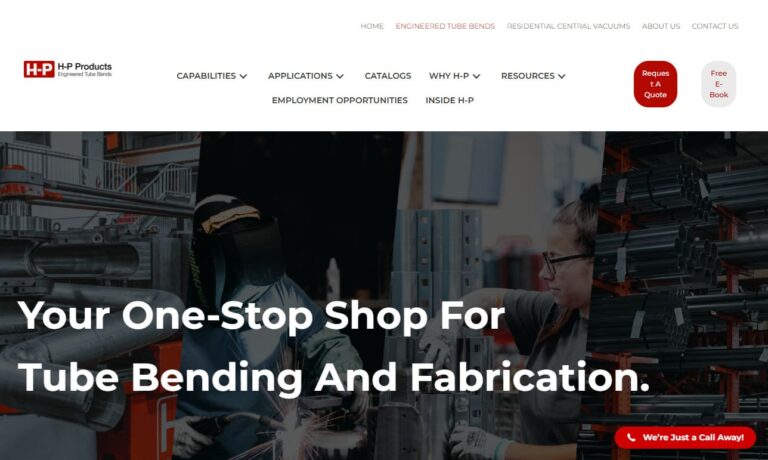
Diemo Machine Works provides precision machining, custom fabrication, welding, laser cutting, and tube bending services. With meticulous attention to detail and commitment to excellence, we deliver high-quality, custom-engineered solutions that meet the diverse needs of our clients across various industries.

At Erin Industries, Inc., we take great pride in our expertise and capabilities in the field of tube fabrication. With a commitment to precision, reliability, and innovation, we continuously strive to elevate the standards of tube fabrication within the industry. Erin Industries, Inc. is your trusted partner for all your tube fabrication needs, delivering products and services that meet and...
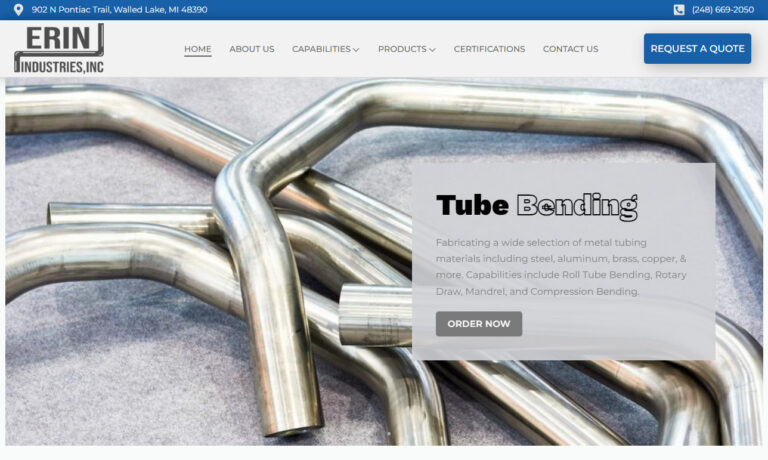
Great Lakes Powder Coating, L.L.C. (GLPC) is a leading provider of comprehensive manufacturing solutions, specializing in CAD design, tube bending, laser cutting, media blasting, welding, powder coating, and pre-treatment services. With a commitment to precision and quality, GLPC excels in delivering custom, high-performance finishes that meet the exacting standards of various industries,...

At Fraser Steel Company, we take pride in delivering precision tube fabrication solutions that meet the highest standards of quality and reliability. We specialize in producing custom metal tubing for a wide range of industries, leveraging our expertise in bending, cutting, and forming to create components that perform under the most demanding conditions.

At TubeCo, Inc., we take pride in our ability to provide comprehensive tube fabrication solutions that meet a diverse range of industry needs. With decades of experience, we excel in crafting high-quality tubes tailored to our clients' precise specifications. Our extensive portfolio includes everything from standard and custom tube designs to complex, precision-engineered components. Our...

More Tube End Forming Manufacturers
Tube end forming companies use end forming machines that suit the type of forming method based on the application.
End-forming is a technique used to alter a tube's geometry, usually at or close to the end of the material. The procedure has been used for many years, but manufacturers have switched to custom machine-forming since it is more economical. Using a procedure called tube end formation, hollow tubes can have their ends shaped. Tube end shaping can produce a variety of end shapes, including expanded ends, curled ends, flanged ends, beaded ends, and flared ends.
For the application, type of material, and machine being used, many various shapes on tube ends can be obtained with good end forming equipment. Tooling standards are determined by factors like hardness, tube end preparation, tooling coatings, and material type. Based on the materials and intended expansion, different types of lubricants are utilized in the process. In general, end-forming is a desirable and effective method for creating tubes. Parts can be manufactured for different product applications in small and large volumes.

Types Of Tube End Forming
There are many different varieties of tube end shaping. Some of the main types used in different sectors include:
Beading
In many different sectors, beading is utilized as a connecting or sealing point between two matching parts. Beading is mostly used in the production of automotive parts since it has a tighter tolerance and helps to stop fluid leaks. Beads come in a wide range of forms, sizes, and materials. Inverted beads have a rotating end and are utilized as rollers for conveyor systems and as a place to seat an O-ring on the tube's outer diameter.

Knurling
Knurling is an end-shaping technique that gives the tube's surface roughness. This process is used to increase the surface area of a tube's outside diameter so that a mating component, usually a hose or other flexible media for fluid transfer, will have more grip area. Low-pressure fuel lines and coolant are examples of real-world uses. When the formed item fits on a hose, knurling is a technique that is utilized in conjunction with a bead. Some end-forming techniques allow for the simultaneous formation of the bead and knurl. Rotary end shaping is the technique of choice for knurling tube ends.
Reductions
Tube reducing is the technique of lowering a portion of a tube's outer diameter so that it can be utilized in a full assembly with another matching component. Reduction is one of the most widely used applications worldwide. Many commonplace products, including automobiles, trucks, airplanes, water lines, and more, use tube reductions. The reduction's size will change depending on how it is used. While some reductions are significantly lowered for tie rods or other uses, others are just slip-fit to be used in exhaust assemblies.
The optimal tube end forming method depends on the application at hand and factors such as wall thickness and tube diameter. For most thick wall applications, ram end shaping is best. For tubes with average walls that don't require a significant decrease, segmented end shaping is the best option.

Expansions
The process of expanding a length of tube beyond its nominal diameter is known as "tube expanding." Expansions, like their tube reduction cousin, are frequently utilized in a variety of applications. The optimal tube end forming method depends on the application and the tube's wall thickness and diameter. The optimum procedure is progressive ram end shaping for expansions bigger than one inch. When the expansion range is less than 1 inch in diameter and the wall thickness is less than 120, segmented end forming is the best option.
Coping
Cutting one section of tube to fit against another is known as "tube coping." Coping is a technique used to prepare the ends of tubes before they are joined to form a final assembly. Roll cages, furniture frames, and other items are examples of real-world usage. Ram-end shaping is a useful technique for dealing with tubes in high-volume manufacturing.
Application Of Tube End Forming
Another item may be assembled onto the end of a tubular element using a tubular end formation.
- Compressor air tubes
- Pneumatic lines
- Fluid transfer heat exchanges
- A multitude of electronic parts
- Oil filters
- Hydraulic lines
- Medical devices
Advantages Of Tube End Forming
Some advantages to end forming tubes include:
- Enhanced tube strength
- Increased sealing capabilities
- Connectivity improvements
Choosing the Right Tube End Forming Company
To make sure you have the most productive outcome when selecting a tube end forming company, it is important to compare at least 4 to 5 companies using our tube end forming directory. Each tube end forming company has a business profile page that highlights their areas of experience and capabilities and a contact form to directly communicate with the company for more information or request a quote. Review each tube end forming company website using our proprietary website previewer to get an idea of what each business specializes in, and then use our simple RFQ form to contact multiple tube end forming companies with the same quote.



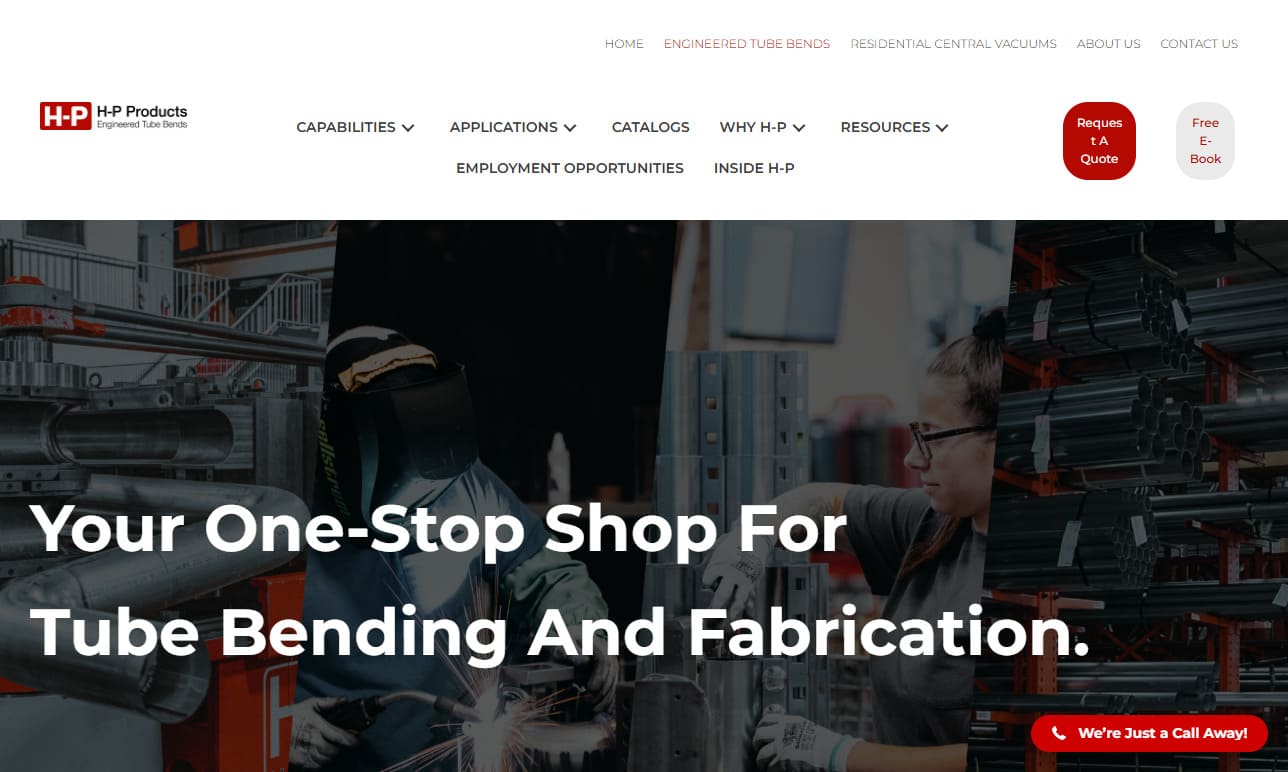





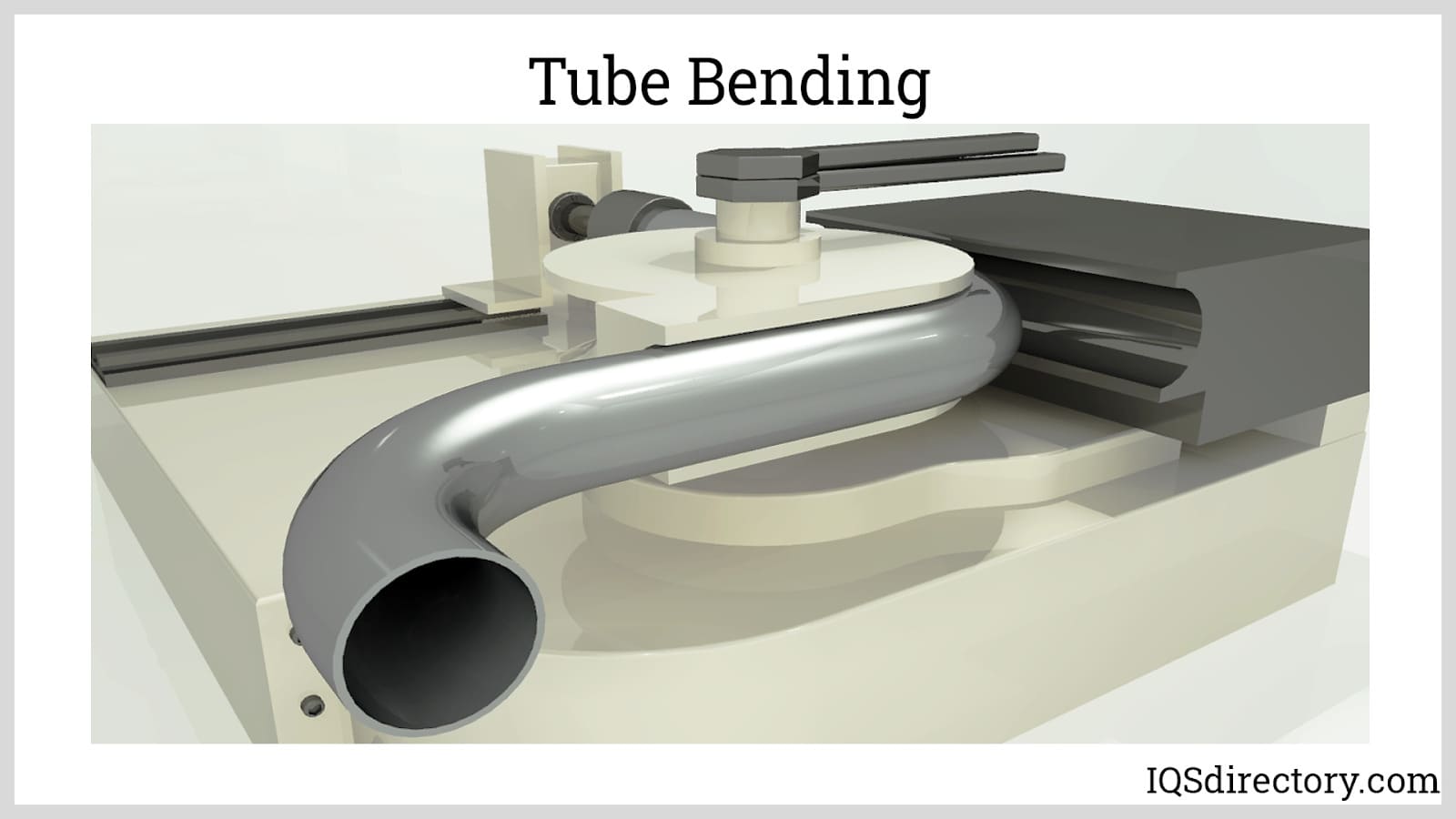
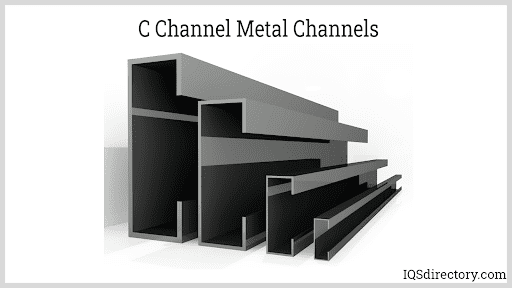
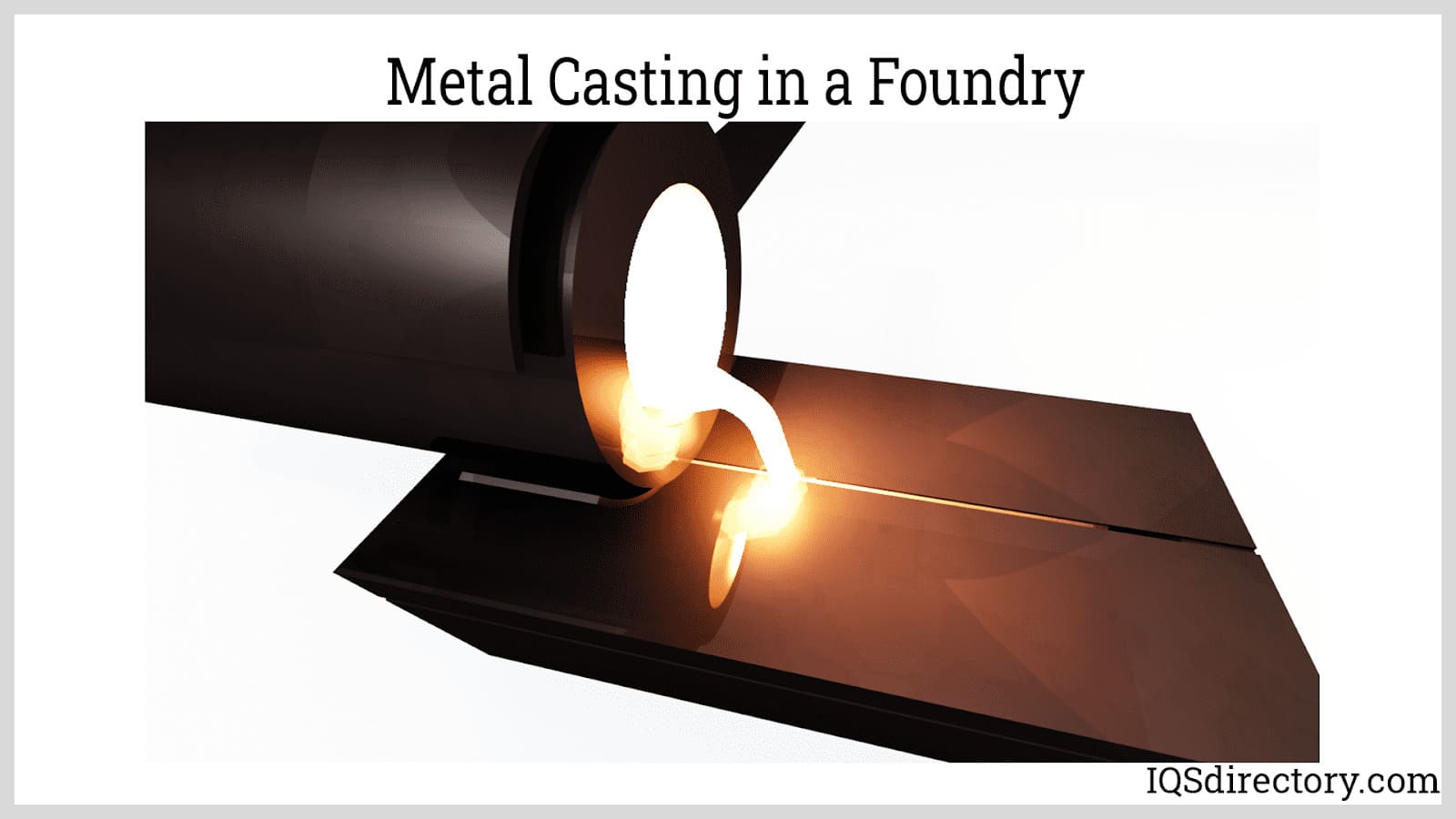
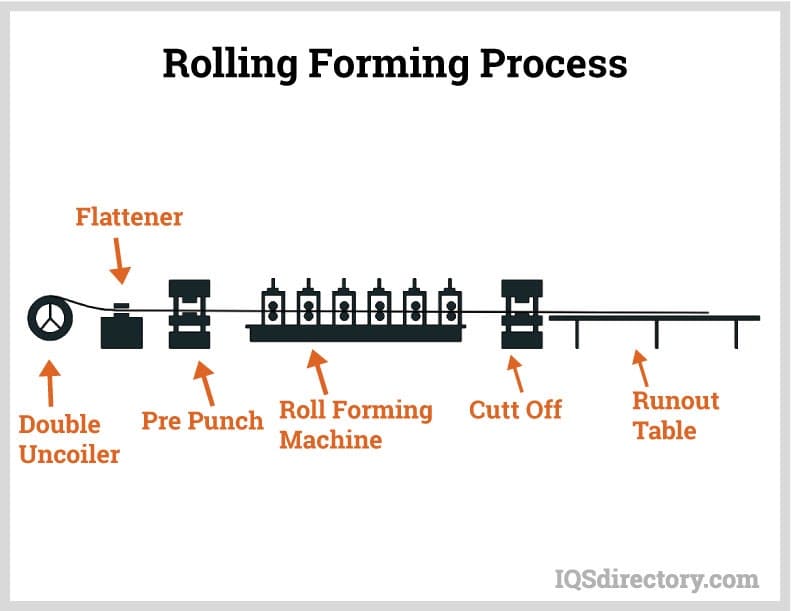
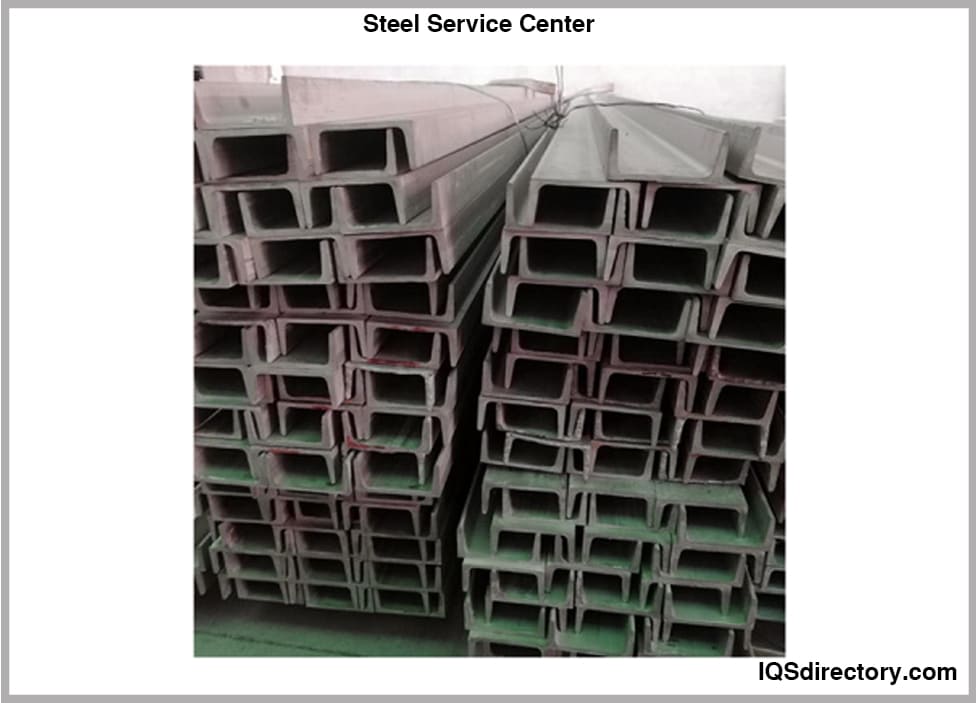
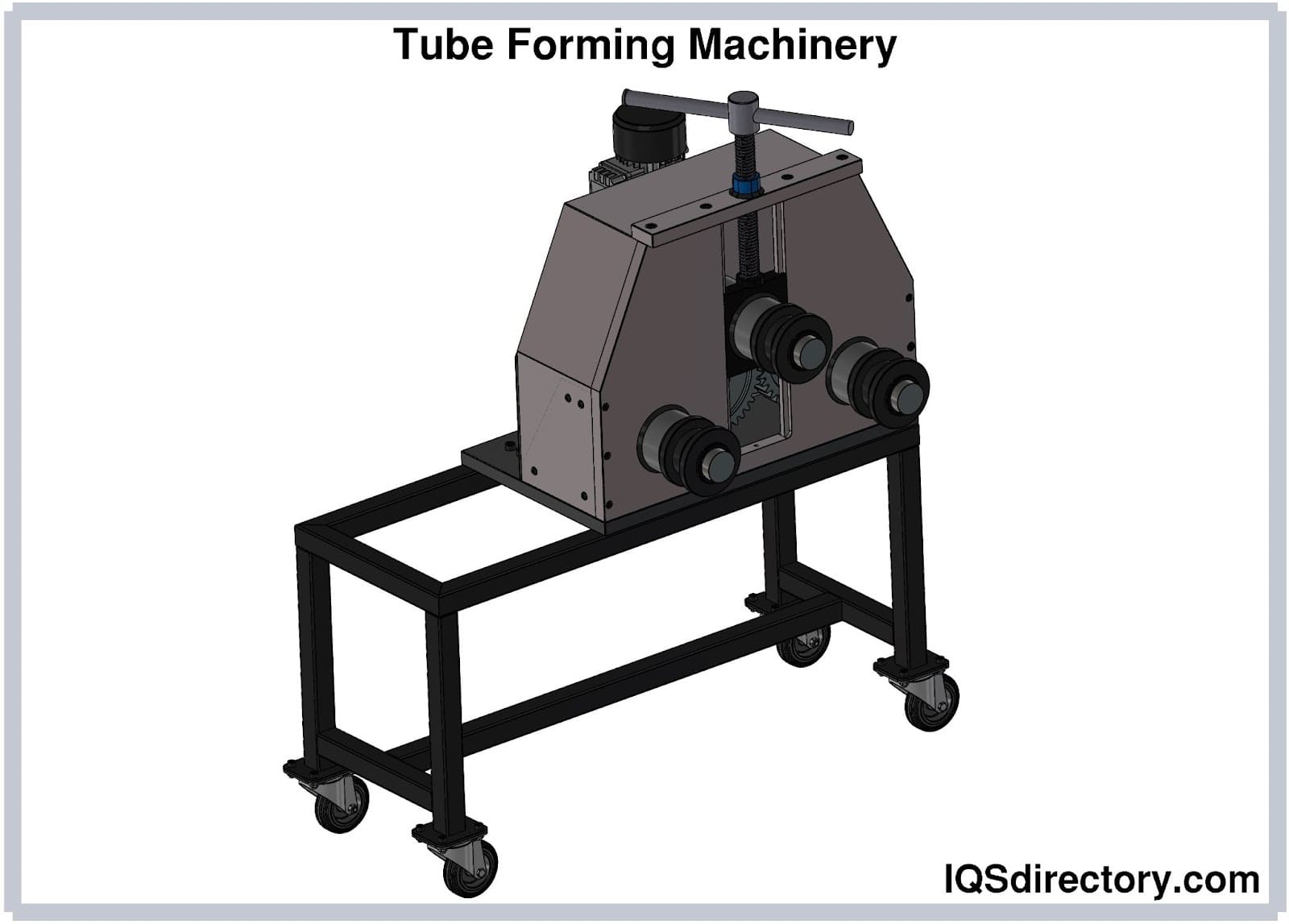
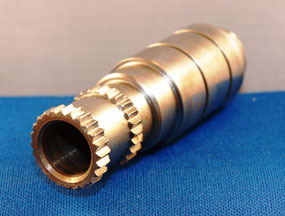 Broaching
Broaching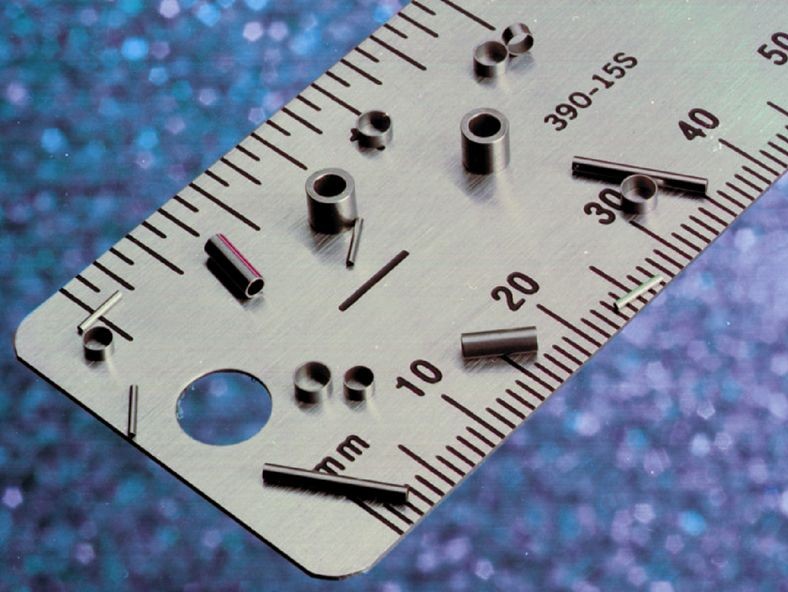 CNC Machining
CNC Machining Expanded Metals
Expanded Metals Laser Cutting
Laser Cutting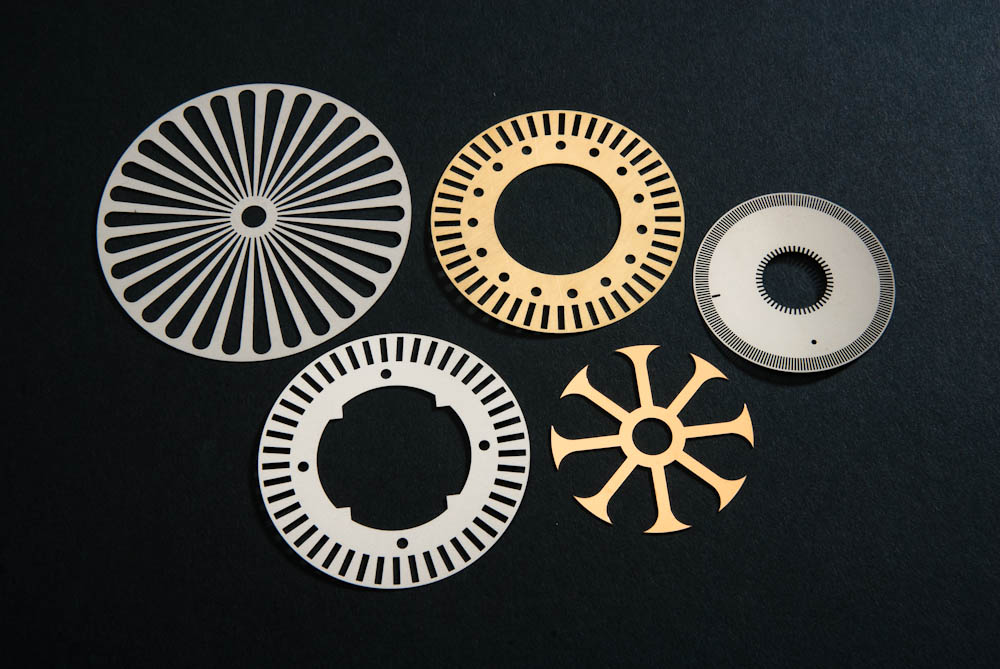 Metal Etching
Metal Etching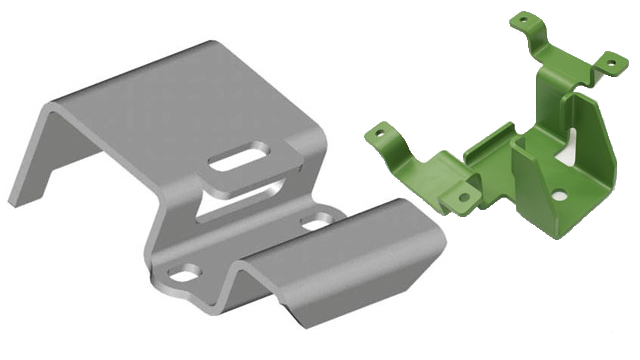 Metal Fabrication
Metal Fabrication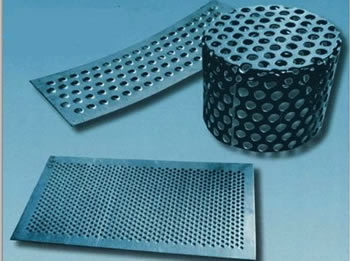 Perforated Metals
Perforated Metals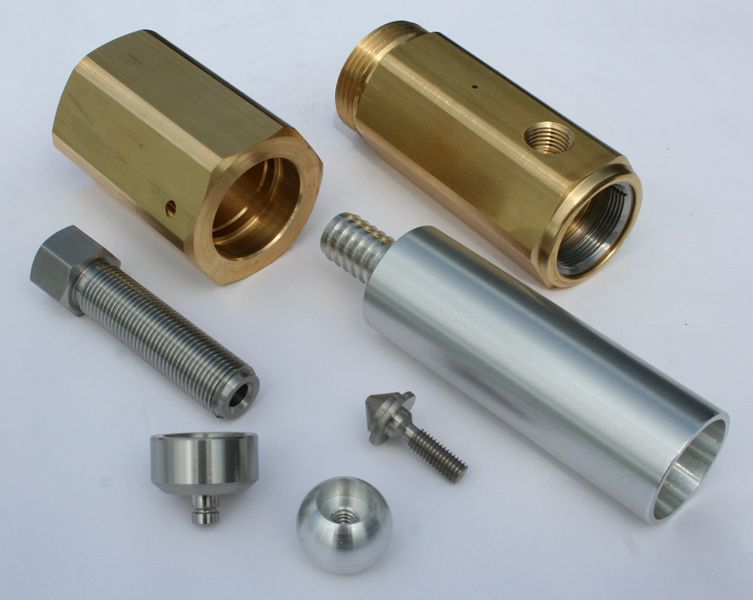 Screw Machine Products
Screw Machine Products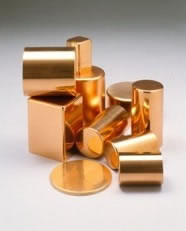 Metal Stampings
Metal Stampings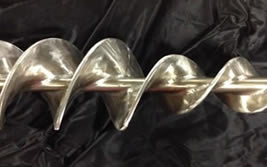 Sheet Metal Fabrication
Sheet Metal Fabrication Tube Fabrication
Tube Fabrication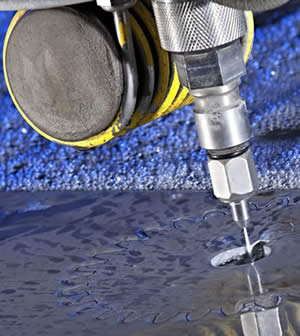 Water Jet Cutting
Water Jet Cutting Castings & Forgings
Castings & Forgings Bulk Material Handling
Bulk Material Handling Electrical & Electronic Components
Electrical & Electronic Components Flow Instrumentation
Flow Instrumentation Hardware
Hardware Material Handling Equipment
Material Handling Equipment Metal Cutting Services
Metal Cutting Services Metal Forming Services
Metal Forming Services Metal Suppliers
Metal Suppliers Motion Control Products
Motion Control Products Plant & Facility Equipment
Plant & Facility Equipment Plant & Facility Supplies
Plant & Facility Supplies Plastic Molding Processes
Plastic Molding Processes Pumps & Valves
Pumps & Valves Recycling Equipment
Recycling Equipment Rubber Products & Services
Rubber Products & Services